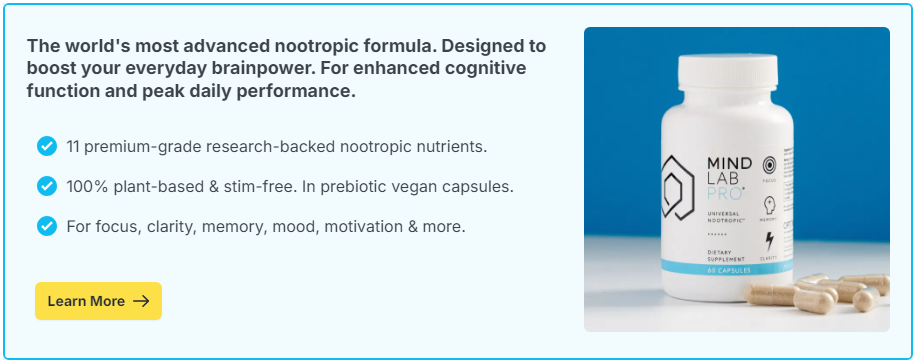
Picture this: you’re looking at two lines, and one looks longer—until you measure them and realize they’re exactly the same. Or maybe you’ve seen that viral dress photo—is it blue and black, or white and gold? These aren’t just visual tricks. They’re evidence that your brain, for all its brilliance, doesn’t always show you the truth.
Optical illusions are like magic shows performed by your own mind. They’re playful, strange, and sometimes frustrating. But behind the curtain, they reveal a powerful truth: your brain is not a camera. It doesn’t passively record the world—it builds reality based on shortcuts, assumptions, and past experiences. And sometimes, it gets things wrong.
These “mistakes” aren’t flaws—they’re features. They show us how the brain processes information, prioritizes survival, and keeps us functioning in a complex world. In fact, illusions give us a rare glimpse into the invisible machinery of the mind. So if you’ve ever wondered how your brain works—and why it occasionally pulls a fast one—optical illusions are a fascinating place to start.
Contents
- Why Optical Illusions Happen: A Brain Built for Speed, Not Accuracy
- Types of Optical Illusions and What They Reveal
- The Brain’s Need to Predict and Fill in the Gaps
- What Illusions Teach Us About Focus and Attention
- Illusions and Creativity: The Perks of a Misleading Brain
- Reality Is a Construct: Philosophical Implications
- The Truth About Your Lying Brain
Why Optical Illusions Happen: A Brain Built for Speed, Not Accuracy
Your brain receives far more sensory information than it can consciously process. Every second, your eyes take in millions of bits of visual data. If your brain tried to analyze all of it in detail, you’d be overwhelmed and paralyzed with indecision. So, the brain cheats—in a good way. It uses shortcuts known as heuristics.
Heuristics are like mental life hacks. They help you make fast, efficient judgments based on limited information. Most of the time, they work beautifully. But sometimes, especially in contrived visual settings, they backfire—leading to illusions.
The Role of the Visual Cortex
Vision isn’t just about the eyes. It’s about what happens after the eyes. The visual cortex in the brain decodes and interprets signals from your retinas. It tries to figure out things like depth, motion, color, and shape—and it does so using context and memory.
When you see an illusion, your brain isn’t failing. It’s just making an educated guess that happens to be wrong in that moment. And those errors are gold for scientists studying perception, attention, and cognition.
Types of Optical Illusions and What They Reveal
Not all illusions are created equal. They come in different categories, each offering clues about how your brain processes the world. Here are some of the main types:
1. Literal Illusions
These are straightforward misinterpretations. Your brain constructs an image that differs from the physical object causing it. Think of the famous Penrose triangle—an impossible shape that can’t exist in three dimensions, but looks totally plausible at first glance.
2. Physiological Illusions
These are caused by overstimulation of the eyes or brain. After staring at a bright image and then looking away, you might see a lingering “ghost” shape. This is your visual neurons recalibrating after intense stimulation. It’s like your brain’s version of a hangover.
3. Cognitive Illusions
These are the most fascinating, because they arise from assumptions and mental models. The Müller-Lyer illusion, where two lines of equal length appear different because of arrow-like ends, is a classic example. Your brain interprets them as 3D space—like the corners of a room—making one appear farther away and therefore “longer.”
These illusions highlight how much your brain relies on context and experience to shape perception.
The Brain’s Need to Predict and Fill in the Gaps
Your brain is constantly trying to stay one step ahead. It predicts what’s going to happen next based on past experiences and incoming data. This predictive processing helps you react quickly—but it can also create illusions.
Filling in Blind Spots
You literally have blind spots in your vision where your optic nerves connect to your eyes. Yet you never see a hole in your visual field. Why? Because your brain “fills in” the missing information based on the surrounding area. It’s a best guess—and it works so well, you never notice it.
Motion Illusions
Illusions like the rotating snakes or the Phi phenomenon show how your brain anticipates motion. If you’ve ever watched a spinning wheel in a movie appear to rotate backward, that’s your brain trying to make sense of a strobe-like visual pattern. It prioritizes smooth motion over accuracy.
What Illusions Teach Us About Focus and Attention
Illusions aren’t just about vision—they also expose how focus and attention work. Your brain doesn’t give equal priority to everything in your visual field. It zeroes in on what seems important and blurs out the rest. This “spotlight effect” helps us function but also makes us miss things hiding in plain sight.
The Gorilla in the Room
In the famous Invisible Gorilla experiment, participants asked to count basketball passes completely miss a person in a gorilla suit walking through the scene. The brain is so focused on one task, it filters out unexpected details—even wildly obvious ones. This shows how attention can be both powerful and limiting.
Distraction and Mental Energy
Distractions don’t just divide your attention—they shape what you perceive as reality. When your mind is scattered, it’s more vulnerable to cognitive illusions and misinterpretations. This is one reason why mental fatigue can lead to errors in judgment, memory, and perception.
Some people use nootropics to support mental clarity and sustained attention, reducing the “mental clutter” that makes the brain more prone to perceptual distortions. Whether it’s caffeine or more advanced supplements, the goal is the same: to help the brain maintain sharpness in the face of overwhelming input.
Illusions and Creativity: The Perks of a Misleading Brain
Illusions don’t just point to errors—they also highlight the brain’s flexibility and imagination. That ability to see beyond the literal is a foundation of creative thinking.
Ambiguous Images
Take the famous Rubin vase illusion. Is it two faces, or a vase? The answer: both. Your brain can switch perspectives, showing its capacity for dual interpretations. This kind of cognitive flexibility is a hallmark of creativity.
Artists and Designers Exploiting Illusion
Artists like M.C. Escher built entire careers on visual paradoxes. Graphic designers use illusions to draw the eye or manipulate perception. Even architecture uses illusion—think of Roman columns made to appear straighter or taller than they are. These examples show that a misleading brain can also be an inspired one.
Reality Is a Construct: Philosophical Implications
Optical illusions raise deep questions: If our perception can be so easily fooled, how much of what we “know” is just a convincing mental model? Are we all living in a carefully constructed simulation—made by our own neurons?
While these questions may sound like late-night dorm room debates, they have real implications in neuroscience, philosophy, and AI. Understanding how the brain constructs reality can help us design better systems, therapies, and technologies—and it can humble us, too.
We’re all walking around in personal versions of reality, shaped by biology, experience, and context. That makes empathy, curiosity, and humility more important than ever.
The Truth About Your Lying Brain
Your brain lies to you every day. It shortens lines, bends space, adds colors that aren’t there, and hides things in plain sight. But those lies are also what allow you to function, focus, and feel joy in a complex world. They’re what make you human.
Optical illusions are more than party tricks—they’re windows into the mental engine that powers your every thought, decision, and reaction. By studying them, we gain insight into not just how we see, but how we think. And with that knowledge, we can start to refine our minds—whether through better habits, smarter schedules, or even the occasional brain-boosting supplement.
The brain may be a trickster, but with the right tools, we can learn to spot the tricks—and even use them to our advantage.

